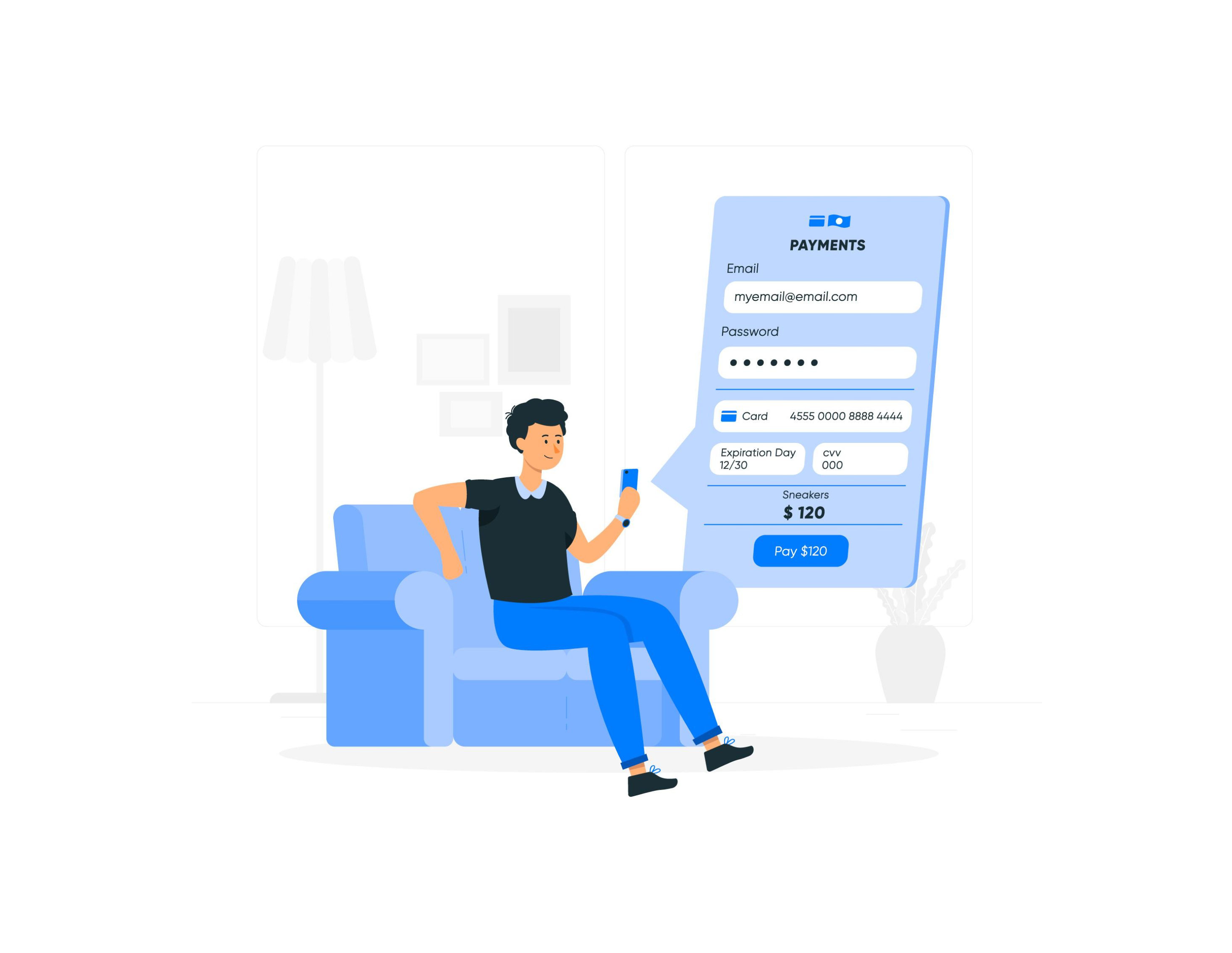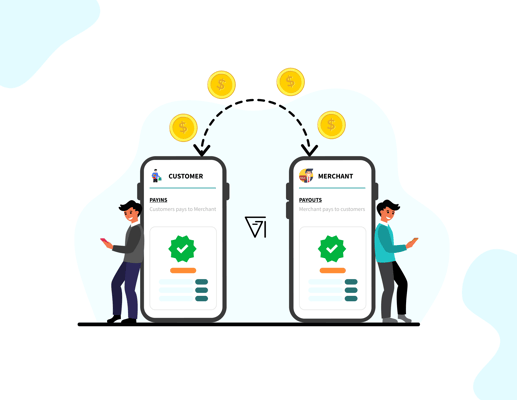As an online merchant, you're probably familiar with the concepts of authorization and capture in the world of payments. But did you ever consider just how critical these processes can be in guarding against financial loss and fraud?
Fortunately, we're here to dive deep into the topic and break down everything you need to know. From defining authorization and capture to exploring their differences and discussing their potential for safeguarding your business, this blog has got you covered. So, don't hesitate to read on and arm yourself with the knowledge you need to protect your profits.
What is Authorization?
Authorization is the merchant's first step after the customer/consumer has initiated the payment. It helps the merchants determine if the payment method (credit card) is valid for making the purchase.
Here are all the steps and parties involved in authorization to help you understand better:
- A buyer enters their information and initiates the payment on a merchant's website.
- The information is sent to the payment gateway, which further forwards it to the acquiring (merchant's) bank for authorization.
- The acquiring bank then passes the authorization to the card schemes and then to the customer's bank, a.k.a issuing bank.
- The card issuer considers different factors, such as sufficient funds to cover the transaction, to approve or reject the authorization request.
- After considering the factors, the final request is sent to the merchant.
- In case the issuing bank doesn't authorize, the merchant and the consumer will be shown an error.
- If the issuing bank authorizes the transaction, a set amount is deducted from the customer. While the amount is deducted from the customer, it's still not credited to the merchant and is on hold.
This hold of funds during the authorization is known as authorization hold, authorization-only, or pre-authorization (more on that later).
It's a period of usually 7-30 days (varying from one card brand to another) within which the merchant needs to "capture" the held amount, or else it'll get canceled. And a new order will need to be placed.
If you're curious about what "capture" means, keep reading for an example and a deeper understanding.
What is Capture?
Capture is the next stage after successful authorization. This stage involves transferring the authorized amount held during the authorization stage to the merchant's account. Once the authorized amount gets captured, i.e., transferred to the merchant's account, the payment becomes complete.
Examples of Authorization and Capture Stages
Here are some examples for better understanding, as promised.
Take hotel bookings, for example.
Authorization
When customers check in, the hotel staff uses an authorization-only request to verify the customer's credit card. After that, a certain amount, usually higher (to cover damages, if any) than the total bill, is blocked on the customer's card. This amount is blocked until the customer checks out.
Capture
Once the customer checks out, the final amount is calculated, and the blocked/authorized funds are captured. i.e., transferred to the merchant's bank account.
Take another example of eCommerce orders.
Authorization
Let's say you, as a merchant, don't have a particular item at your online store. However, you're sure that you can procure it within a day or two and ship it out. Instead of sending the customer away, you can pre-book the order and charge the customer now (pre-authorization or authorization). Remember, charging here means blocking the funds and not crediting them to the merchant's account.
Capture
Once you procure and ship the item, you can quickly capture the funds and get the money credited to your account.
Differentiation Between Capture and Authorization
Here's an easy-to-understand tabular differentiation between the capture and authorization stages of a transaction:
| Authorization |
Capture |
| The primary motive of this stage is to determine if the payment method is valid for completing the transaction. |
The capture stage exists to transfer the authorized funds from the customer’s bank account to the merchant’s account. |
| Authorization is the 1st step in the payment process. |
The capture stage comes after successful authorization is done. |
| During this stage, funds are held and not credited. |
During this stage, the funds are captured or successfully transferred to the merchant. |
| The payment status during this stage is “pending.” |
The payment status during this stage is “completed.” |
| Example 1: Hotel Bookings. A certain amount is blocked on a customer’s card during hotel check-in (authorization). |
Example 1: Blocked funds are transferred to the merchant’s account when the customer checks out (capture). |
| Example 2: eCommerce Orders. Funds are blocked during pre-authorization when a customer places an order (authorization). |
Example 2: Once the order is procured and shipped, the funds are transferred to the merchant’s account (capture). |
How Can Authorization Hold Help Merchants?
The period between authorization and capture is referred to as an authorization hold. It's a delay that the merchant can exercise to prevent chargebacks or related fraud. How?
Whether it's a fraud or a customer is illicitly trying to defraud the merchant, they'll always go to the bank to file the chargeback and not the merchant. In a general scenario, you won't be able to fight the chargeback and end up paying a hefty chargeback fee.
However, if the customer files a chargeback while the authorization hold is in place, the merchant can simply remove the hold, release the payment and thus prevent any chargeback.
In addition to preventing chargebacks, authorization holds can help you identify and investigate fraud. For instance, if a suspicious transaction needs to go for a manual review, an authorization hold gives you enough time to investigate the issue and come to a conclusion. This way, you can reduce the likelihood of fraud.
Good Read: How Can Pre-Authorization Help You Save MDRs and Chargebacks?
Summary
Both authorization and capture are part of the same payment process. Where authorization helps authorize the transaction or determine if the payment method is valid, capture helps move the authorized funds from the customer to the merchant to complete the payment process.
Although the authorization hold increases the time merchants can access the funds, it helps reduce financial liability over the merchants and prevents chargeback fraud. So, if you're an online merchant, use pre-authorization or authorization holds to your power.
.png?width=123&height=71&name=inai%20logo%20-%20dark%201(1).png)

%20(1).png?width=4068&height=1080&name=CTA%20(10)%20(1).png)
.png?width=150&name=karthik%20(1).png)
%20(1).png?height=400&name=How%20Can%20Pre-Authorization%20Help%20You%20Save%20MDRs%20and%20Chargebacks%20(1)%20(1).png)

.png?height=400&name=Header%20-%20How%20Can%20Merchants%20Reduce%20the%20Risk%20of%20Chargebacks_%20(1).png)
.png?width=50&name=karthik%20(1).png)
